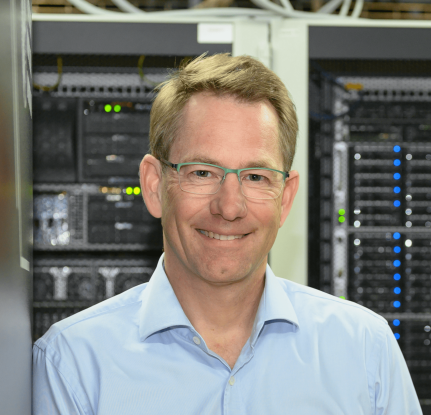Actual constraints regarding aviation emissions e.g. NOx is boosting lean-premixed-vaporized combustors (LPP) against rich-quench-lean (RQL) burners. But this also implies an increased demand for effusion cooling techniques, due to the higher thermal loads on the combustor walls. At the same time, this affects the predictability of the current models, as the cooling flow interaction with the flame is known to increase CO emissions, through chemical quenching and mixing-enhanced processes with the exhaust gases. The existing complex turbulence-chemistry interaction between the cooling air and the flame puts into doubt the current model capabilities to predict CO emissions, which follow a contrary trend as NOx with the adiabatic flame temperature, Tad. Previously, the combination of flamelet-based tabulated manifolds coupled with Large-Eddy Simulation (LES) showed success. Consequently, the objective of this work is to verify current modelling strategies and their effectivity in predicting the thermochemical states linked to the flame-cooling air interaction (FCAI), by taking as reference an academic experimental configuration. Besides, improvements to the current modelling strategies are suggested based on the numerical results.
Methodology
Conventional CFD: The simulations are performed using the CFD solver PRECISE-UNS developed and maintained by Rolls-Royce. It uses a pressure-based algorithm to solve the Favre-averaged Navier-Stokes equations in the low Mach number formulation. For this project RANS (k-ω SST), SAS and LES simulations were consecutively performed. In the context of LES, the computational grid acts as a spatial filter. The non-resolved subgrid viscosity is modeled using the σ-model by Nicoud et al.
Tabulation strategies: Combustion models using a flamelet approach are available in the CFD solver, and are always further developed at Rolls-Royce and STFS. The challenge consists in introducing the effect of local transport of CO together with heat losses implementation and boundary conditions treatment, so as to approach the best possible the experimental trends.
Key Scientific Takeaways
- Overall model is capable of reproducing the global physics of the configuration
- Importance of subgrid-scale modelling and CO transport effects
- Chemistry/quenching effects close to the effusion cooling holes are less influential
- However, effusion cooling preheating seems to play an important role
- Include effusion cooling air preheating into the simulation and improved SGS modeling
- Consider reduced complexity configurations mimicking the involved physics
Funding and cooperation
This research is financially supported by the German Federal Ministry for Education and Research (BMBF) under grant number T032.057.000. The calculations for this research were conducted on the Lichtenberg high-performance computer at TU Darmstadt.
Publications
- Recio Balmaseda, Sandra; Karpowski, Tim Jeremy Patrick; Nicolai, Hendrik; Koob, Philipp; Hasse, Christian; Greifenstein, Max; Dreizler, Andreas: Numerical Investigation of Effusion Cooling Air Influence on the CO Emissions for a Single-Sector Aero-Engine Model Combustor. In: Journal of Engineering for Gas Turbines and Power 2024, 146(12), ISSN: 1528-8919, doi:10.1115/1.4066159, [Article]
- Recio Balmaseda, Sandra; Nicolai, Hendrik; Koob, Philipp; Greifenstein, Max; Dreizler, Andreas; Hasse, Christian: Numerical Investigation of Effusion Cooling Air Influence on the CO Emissions for a Single Sector Aeroengine Combustor. In: 3rd Int. Workshop on Near Wall Reactive Flows 2022, Darmstadt, Germany, [Workshop item]


